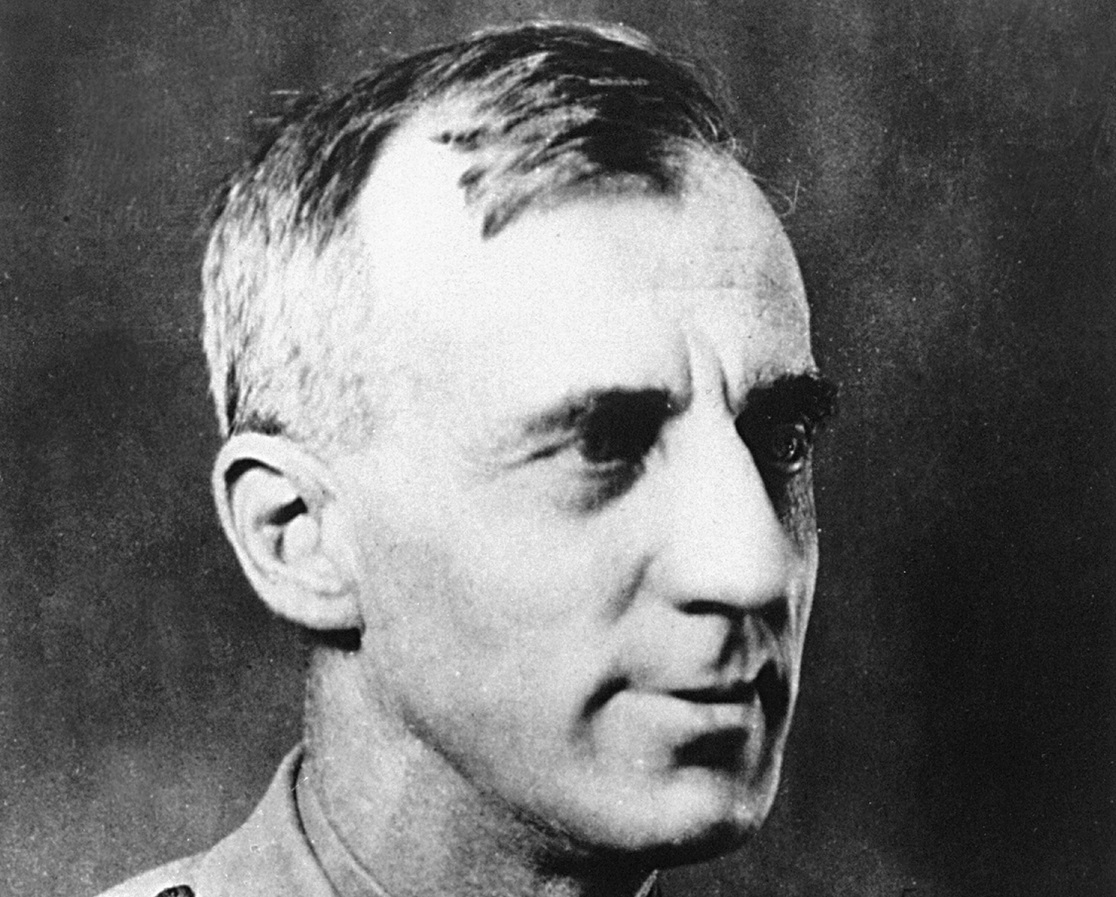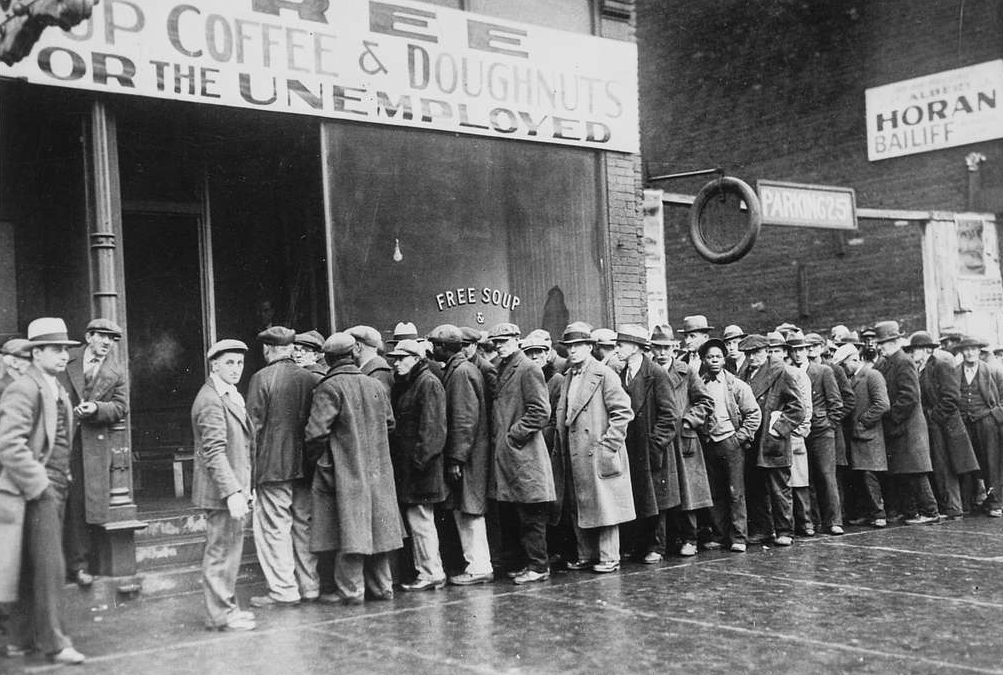It sounds more like the plot of a political thriller than real life: a conspiracy by powerful business interests to overthrow the US government and install a totalitarian dictatorship. The little-known “Business Plot” or “Wall Street Putsch” remains one of the most bizarre and unsettling chapters in American history.
A Nation in Crisis
The United States in 1933 was mired in the Great Depression, with unemployment soaring, banks failing, and the public losing faith in capitalism. When Franklin D Roosevelt (FDR) took office in March of that year, he launched the New Deal, a sweeping series of reforms aimed at stabilizing the economy and helping struggling Americans.
Strong Opposition By Big Business
But not everyone supported these changes. Many in the business elite saw President Roosevelt's policies as socialist, dangerously radical, and a threat to their power and wealth. Behind closed doors, some of them began discussing a bold solution: forcibly replacing Roosevelt with a puppet leader who could steer the country back to their preferred economic system.
A Decorated General
The plot might have remained hidden forever were it not for Major General Smedley Butler, one of the most decorated officers in US history. A former Marine Corps general and a vocal critic of US imperialism and big business, Butler was approached in mid-1933 by men claiming to represent powerful financiers.

He Turned Them Down
They told Butler they wanted him to lead an army of 500,000 veterans to march on Washington and pressure FDR into stepping down—or simply remove him by force. In exchange, they promised to grant dictatorial power to Butler like those of Mussolini in Italy. But rather than playing along, Butler reported the conspiracy to Congress, triggering a congressional investigation.
The McCormack-Dickstein Committee Hearings
In 1934, the McCormack-Dickstein Committee, the precursor to the House Un-American Activities Committee, held hearings to investigate Butler’s claims. Butler testified under oath, naming the American Liberty League and prominent figures from J.P. Morgan & Co., DuPont, and other powerful corporations as the architects of the plan.
It All Fizzled Out
The committee confirmed that there was evidence of a plot, though it stopped short of prosecuting anyone. The final report acknowledged that Butler’s claims were credible and serious, but no one was ever charged with any offense. Many believe the government feared the public consequences of implicating the nation’s corporate elite.
Media Silence and Historical Doubt
At the time, the press largely downplayed or ridiculed the story, painting it as a fantasy or exaggeration. Butler was portrayed by some as a crank, despite his impeccable service record and unwavering patriotism.
The Sands Of Time Drift Over
Over time, the Business Plot faded from public memory, overshadowed by the events of the New Deal, World War II, and the Cold War. But in the decades since, historians and political analysts have revisited the case. Many now agree that the plot was real, even though it wasn’t fully fleshed out and was ultimately unsuccessful.
A Chilling What-If in American History
The Business Plot reminds us that democracy isn’t immune to elite manipulation or authoritarianism, even in the United States. It shows the fragility of political institutions during times of deep economic and social upheaval. Had the plotters found a more willing leader, American history could have taken a very different, and much darker turn.
A Forgotten Lesson in Vigilance
Though it failed, the 1933 Business Plot is an enduring story about wealth, power, and the fragility of democracy. It challenges our notion that coups only happen in faraway lands or unstable regimes. Thanks to the integrity of General Smedley Butler, a potential crisis was averted. His courage serves as a warning and a legacy: that protecting democracy often requires standing up to the most powerful forces of all.
You May Also Like:
Facts About Poisonous Plots Of History
Stunning Facts About History's Most Unexpected Plot Twists
